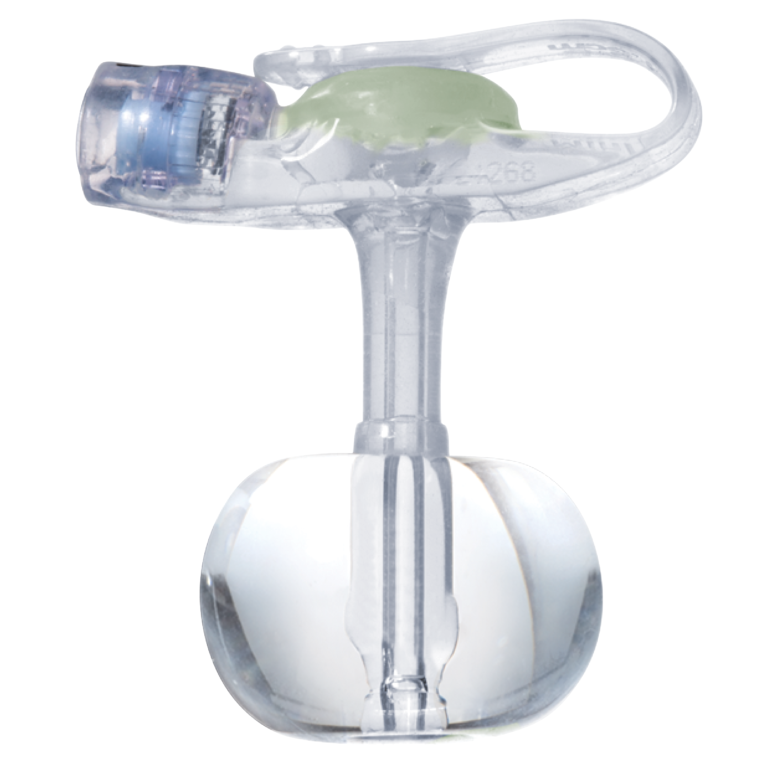
MiniONE® Balloon Button Anatomy
A gastrostomy tube, also known as a G-tube, is used to deliver nutrition (food) directly into the stomach. The device is placed through the belly, or abdominal wall, and into the stomach. G-tubes are available as “low profile” or “traditional length.”
Low profile refers to the external portion of the device, often called the bolster, being very flat or flush against the skin. The flat/flush design means that low profile devices are easily hidden under clothing and often referred to as “buttons.” AMT offers low profile G-tubes for both children and adults.
The MiniONE® Balloon Button has an internal retention balloon with an exclusive apple shape that keeps the device in place. For insertion and removal, the balloon can be inflated and deflated in either a clinical setting or a home-care setting. The balloon fill valve on 12-14F MiniONE® Balloon devices is compatible with both Luer (slip tip) and Luer Lock syringes; the balloon fill valve on 16-24F devices is compatible with a slip tip syringe.
For the best performance and reliability, AMT strongly recommends using only AMT extension sets with AMT devices. While other brands may appear compatible, we cannot guarantee the safety, performance, or longevity of our devices when used with non-AMT extension sets.
Click here to download the MiniONE® Balloon Button brochure.
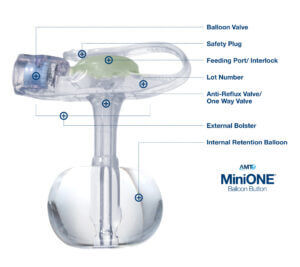
STUDY CONFIRMS: Families prefer MiniONE® over Mic-Key®¹
In a single center, prospective, randomized trial with a crossover design, Abdelhadi, et al. examined differences between the two most commonly used low-profile gastrostomy tubes (g-tubes): the MiniONE® (Applied Medical Technology Inc., Brecksville, OH) and the Mic-Key® (Avanos Medical Inc., Alpharetta, GA).¹
THE RESULTS ARE CLEAR: Over 70% of families prefer the AMT MiniONE® over the Avanos Mic-Key®.1
Families who preferred the MiniONE® stated they liked “the smaller size of the external bolster, the fact that is glows in the dark, and that it seemed to cause less skin problems and be less likely to snag or accidentally get dislodged.”1
Patient, family, and caregiver preference is an important factor to consider when selecting a low-profile g-tube because management of home enteral nutrition requires significant participation and commitment.1
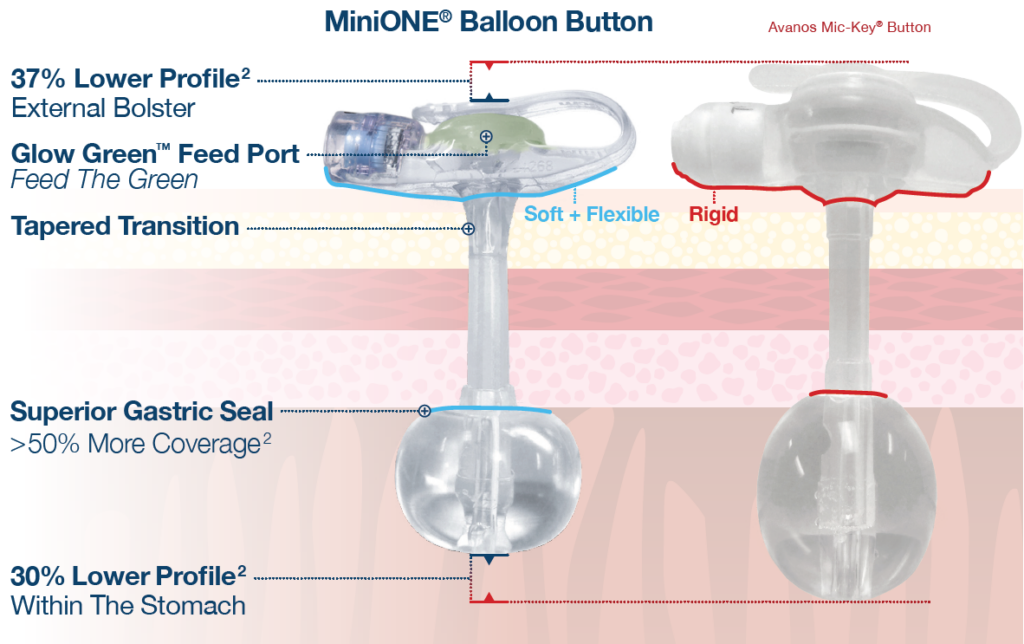
Clinical Summary
1. Abdelhadi RA, Dekonenko C, Dorman RM, et al. A Prospective, Randomized Cross-over Trial of Two Low-profile Gastrostomy Buttons to Determine Family Preference. JPGN 2020;70:386 – 388. https://journals.lww.com/jpgn/Abstract/2020/03000/A_Prospective,_Randomized_Cross_over_Trial_of_2.25.aspx
2. Claims based on internal testing of 14F devices.
Enhanced Features
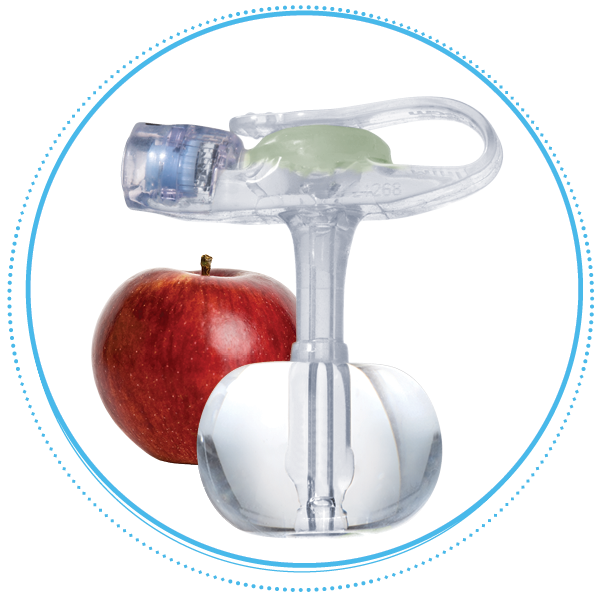
Exclusive AMT Balloon
Superior Gastric Seal
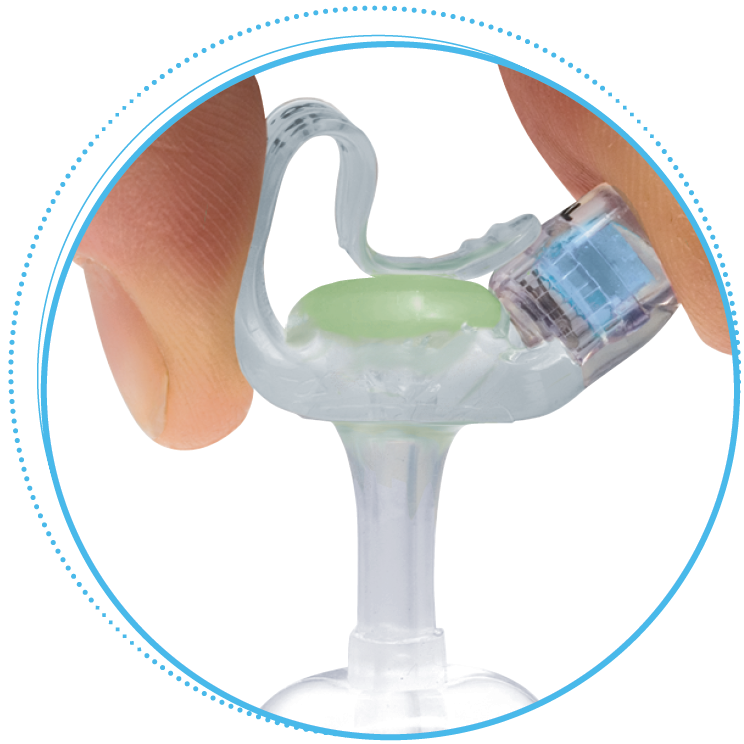
Soft + Flexible
Optimized for Comfort
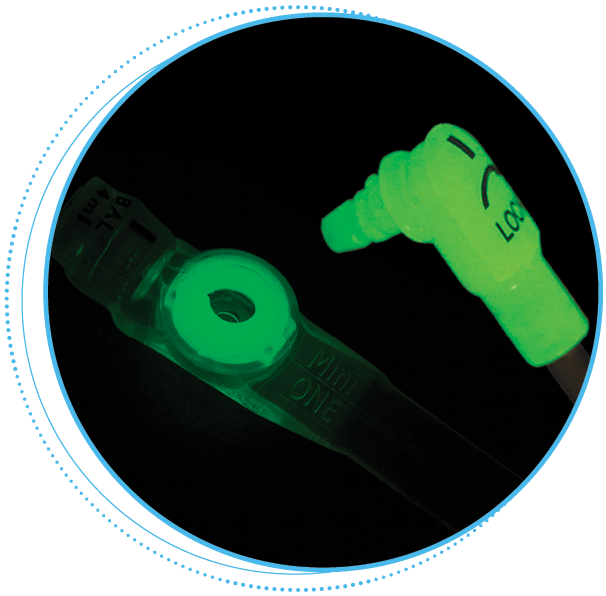
Glow Green™
Easier Nighttime Feeds
MiniONE® Balloon Button Sizes & Gastric Sets
Part Numbers & Ordering Information
The AMT MiniONE® Balloon Buttons come in a variety of sizes to fit our customer needs.
Healthcare Professionals can order with established NET 30 terms or Prepayment/Credit Card.
Patients can order directly, via Prepaid/Credit Card with a prescription, however, we do not process medical billing.
*For the best performance and reliability, AMT strongly recommends using only AMT extension sets with AMT devices. While other brands may appear compatibly, we cannot guarantee the safety, performance, or longevity of our devices when used with non-AMT extension sets.

MiniONE® Gastric Sets
*For the best performance and reliability, AMT strongly recommends using only AMT extension sets with AMT devices. While other brands may appear compatible, we cannot guarantee the safety, performance, or longevity of our devices when used with non-AMT extension sets.
*Feed Sets Not Made with PVC
*For the best performance and reliability, AMT strongly recommends using only AMT extension sets with AMT devices. While other brands may appear compatible, we cannot guarantee the safety, performance, or longevity of our devices when used with non-AMT extension sets.
*Feed Sets Not Made with PVC
*For the best performance and reliability, AMT strongly recommends using only AMT extension sets with AMT devices. While other brands may appear compatible, we cannot guarantee the safety, performance, or longevity of our devices when used with non-AMT extension sets.
ENFit® is a registered trademark of GEDSA, Inc. or its affiliates.
Mic-Key® is a registered trademark of Avent, Inc.
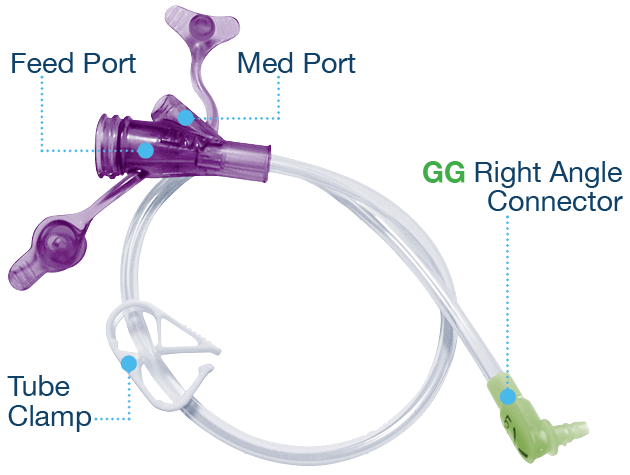
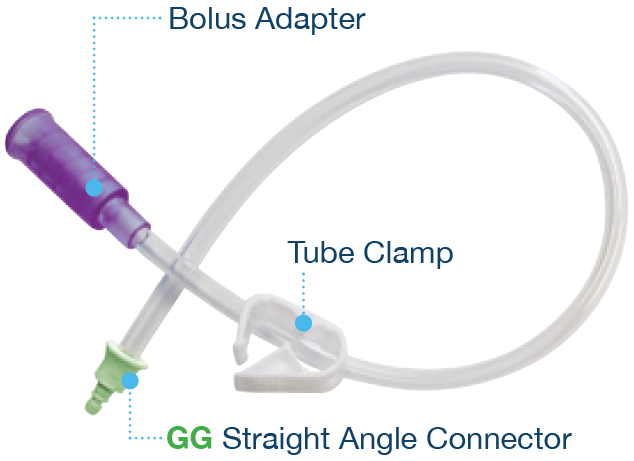
MiniONE® Gastric Sets
*For the best performance and reliability, AMT strongly recommends using only AMT extension sets with AMT devices. While other brands may appear compatible, we cannot guarantee the safety, performance, or longevity of our devices when used with non-AMT extension sets.
*Feed Sets Not Made with PVC
*For the best performance and reliability, AMT strongly recommends using only AMT extension sets with AMT devices. While other brands may appear compatible, we cannot guarantee the safety, performance, or longevity of our devices when used with non-AMT extension sets.
*Feed Sets Not Made with PVC
*For the best performance and reliability, AMT strongly recommends using only AMT extension sets with AMT devices. While other brands may appear compatible, we cannot guarantee the safety, performance, or longevity of our devices when used with non-AMT extension sets.
 Order Info
Order Info